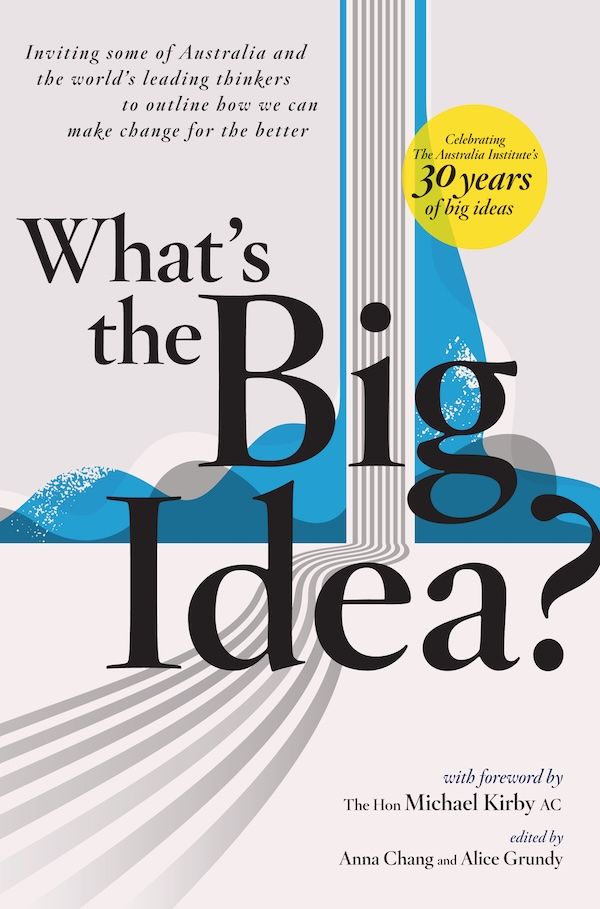Edmund Spenser: A Life
Oxford University Press, $47.95 hb, 645 pp, 9780199591022
Edmund Spenser: A Life by Andrew Hadfield
In 1579, with the publication of The Shepheardes Calendar, Edmund Spenser (c.1552–99) burst onto the English literary scene. From the beginning, he was one of the oddest of great writers. The Calendar was a work of remarkable ambition. Spenser’s unlikely shepherds ‘piped’ poems to each other, using a pseudo-archaic dialect and a variety of elegant verse forms. The nature of Spenser’s talent was already apparent: his fascination with time and pattern, his extraordinary facility with words and verse forms, his combination of melancholy nostalgia and bold ambition. For, if the Calendar was characterised by a tone of complaint, it also showed a new and deliberate concern with fame. It seems that Spenser saw the volume through the press. He chose emblems – illustrations – for each month of the calendar; he chose an archaic font for the poems to contrast with the font of its gloss and notes; he closed the volume with a poem that claims: ‘Loe I have made a Calendar for every yeare, / That steele in strength, and time in durance shalle outwear: / And if I marked well the starres revolution, / It shall continewe till the worlds dissolution …’ Spenser set out to be England’s Virgil.
Continue reading for only $10 per month. Subscribe and gain full access to Australian Book Review. Already a subscriber? Sign in. If you need assistance, feel free to contact us.















Leave a comment
If you are an ABR subscriber, you will need to sign in to post a comment.
If you have forgotten your sign in details, or if you receive an error message when trying to submit your comment, please email your comment (and the name of the article to which it relates) to ABR Comments. We will review your comment and, subject to approval, we will post it under your name.
Please note that all comments must be approved by ABR and comply with our Terms & Conditions.